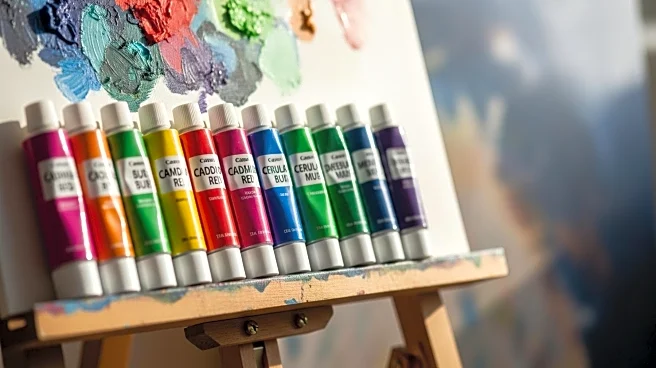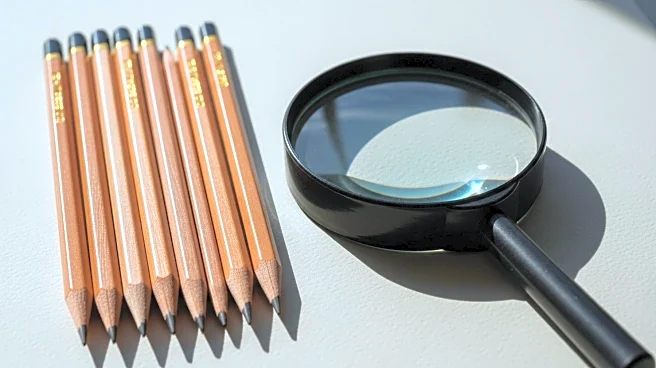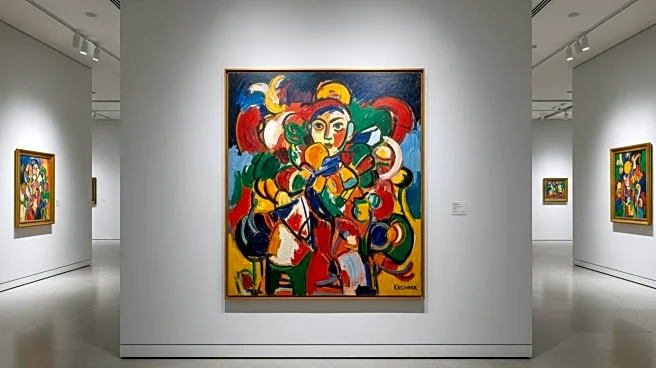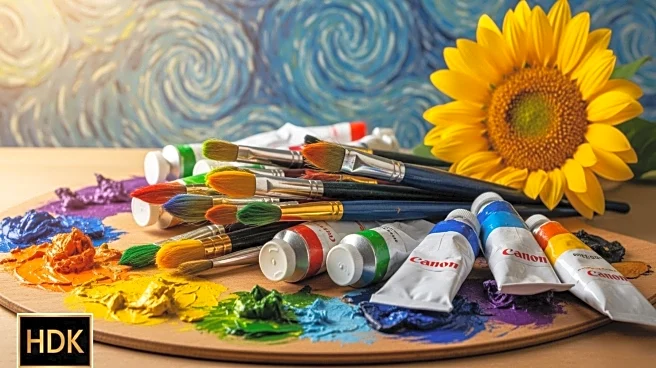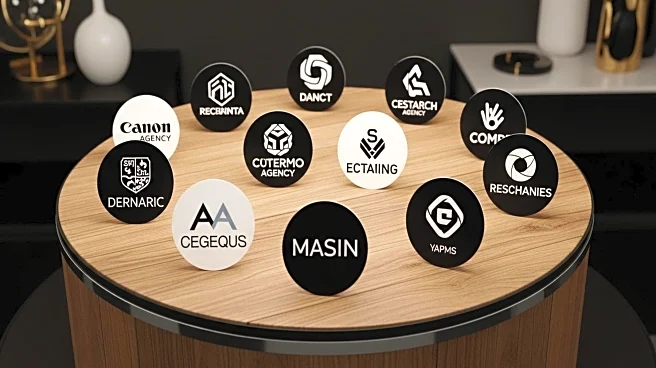Paint is a versatile material that, when applied to a surface, forms a protective or decorative film. It has been used for thousands of years, with primitive forms appearing in ancient
cave paintings. Paint can be made in various colors and types, primarily oil-based or water-based, each with unique characteristics. In the realm of art, paint is used to create images known as paintings. Art education plays a significant role in enhancing academic performance and emotional development. Students engaged in art education often exhibit improved reading comprehension, mathematical achievement, and overall academic success. This underscores the importance of integrating arts into school curricula.
**The Evolution of Paint** Paint has evolved significantly over the centuries. Early forms of paint were made from natural materials like
minerals and plant extracts. These were used by ancient civilizations to create cave paintings, which served as a form of communication and storytelling. As technology advanced, so did the methods of paint production. Today, paint is manufactured using complex chemical processes, allowing for a wide range of colors and finishes. The development of synthetic pigments has expanded the possibilities for artists, enabling them to create more vibrant and durable works.
**Art Education and Its Impact** Art education is not just about learning to draw or paint; it encompasses a wide range of skills that contribute to a student's overall development. Through art education, students
learn to appreciate complexity and develop heightened self-awareness. This awareness extends to understanding the perspectives and emotions of others, fostering empathy and social skills. Studies have shown that students who participate in art programs are more likely to excel academically, as the skills acquired through art education translate into better performance in other subjects.
**The Role of Paint in Art** Paint is
a fundamental tool in the creation of art. It allows artists to express their creativity and convey emotions through color and texture. The choice of paint type—oil, acrylic, watercolor—can significantly impact the final artwork. Oil paints, known for their rich texture and depth, have been favored by many renowned artists throughout history. Acrylic paints, on the other hand, offer versatility and quick drying times, making them popular among contemporary artists. Watercolors provide a delicate and translucent quality, ideal for capturing light and atmosphere.
**The Future of Art Education** As society continues to recognize the value of art
education, efforts are being made to integrate it more fully into school curricula. Art magnet schools, which focus on arts as a core theme, attract students with a passion for creativity and those aspiring to become professional artists. These schools provide specialized programs that nurture artistic talent and prepare students for careers in the arts. The future of art education looks promising, with increasing support for its inclusion in educational systems worldwide.
For the benefit of users - Parts of this article may include content generated using AI tools. Our teams are making active and commercially reasonable efforts to moderate all AI generated
content. Our moderation processes are improving however our processes are carried out on a best-effort basis and may not be exhaustive in nature. We encourage our users to consume the content judiciously and rely on their own research for accuracy of facts. We maintain that all AI generated content on our platform is for entertainment purposes only. To know more about how we use AI, you can write to us at support_spaces@glance.com
